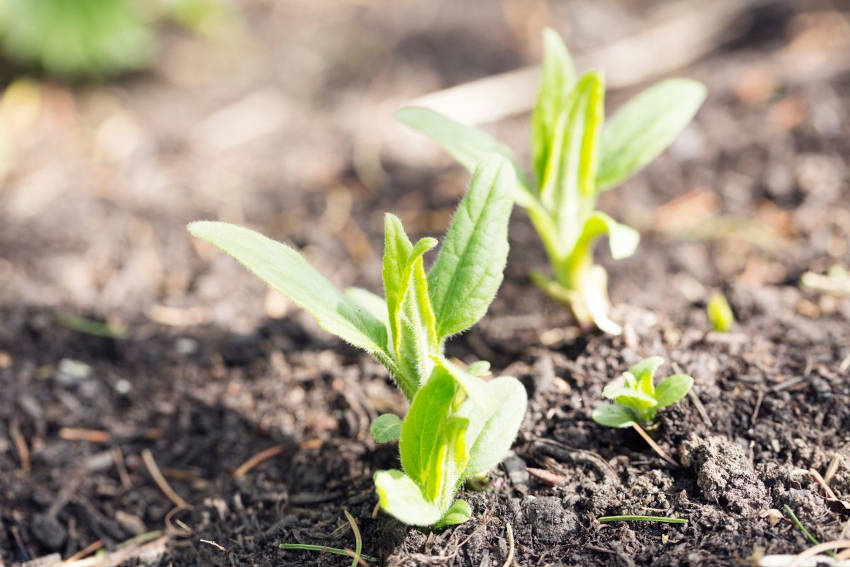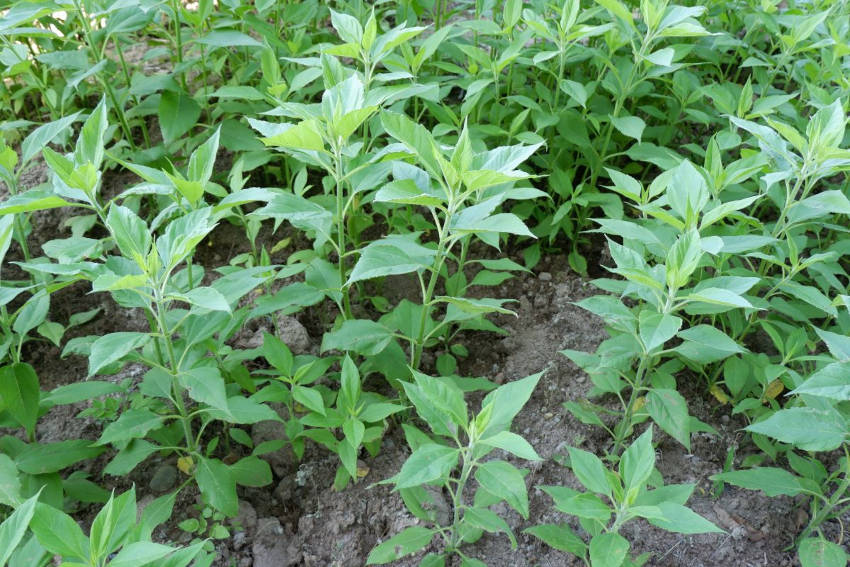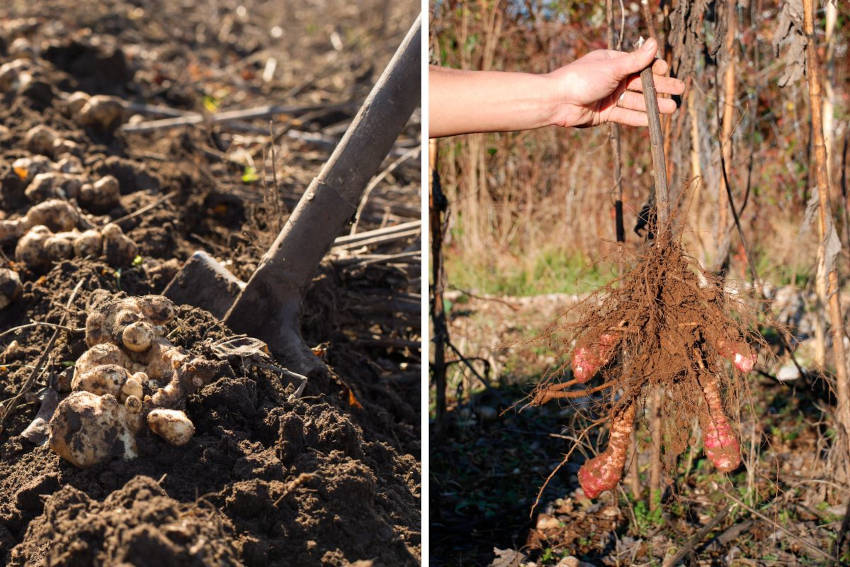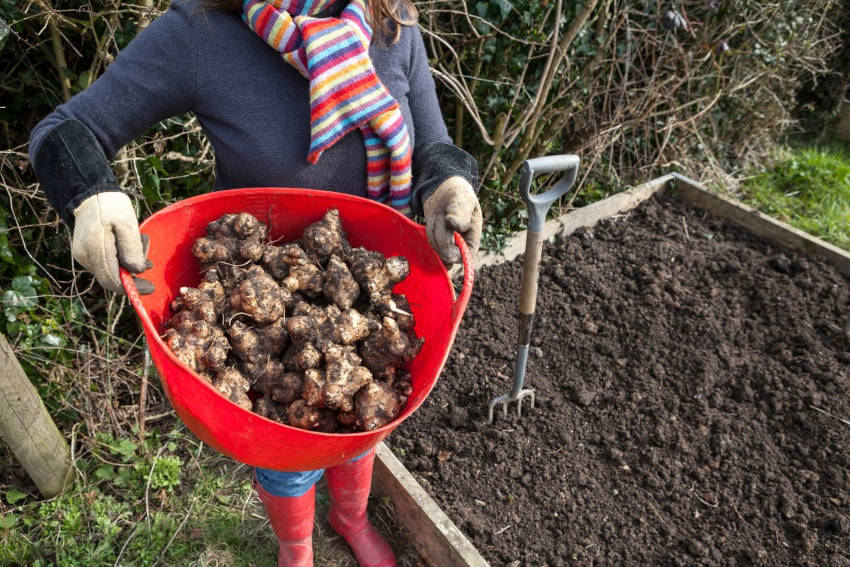Jerusalem artichokes are spectacularly badly named. Firstly, they're not actually artichokes, and secondly, they have nothing to do with Jerusalem. Their botanical name of Helianthus tuberosus gives more of a clue to their true heritage, placing them in the sunflower family, and it's from a mishearing of the Italian for sunflower, girasole, that the biblical connection was wrongly made.
Alternative names that sticklers for accuracy might prefer include sunchoke, earth apple, topinambour, and even 'fartichoke', for reasons we'll get to. Whichever name they go under, Jerusalem artichokes are a highly productive veggie-patch crop that can deliver up to 2kg of delicious harvest per plant, and with virtually no care required.
How to Grow Jerusalem Artichokes
Jerusalem artichokes are grown from tubers, and these should be planted as soon as possible after delivery, before they dry out. If absolutely necessary, keep them for a while in a well-ventilated place, covered in damp sawdust or potting mix, but aim to get them in the ground as soon as you can.
Another vital point to remember is that Jerusalem artichokes can be invasive, especially in temperate climates, and over time will tend to rove far beyond their initial home. Because of this, only plant them where the tubers can establish themselves but not spread, such as an area bound by paving, a raised garden bed or a large planter.
In late winter or early spring choose a spot in full sun with well-draining or sandy soil, and dig over the bed to loosen it up. Plant single tubers 10cm deep and 30cm apart, cover them with soil, and water in well.
Jerusalem artichokes are fast and vigorous growers, so will benefit from regular feeds with a balanced fertiliser or top-dressing with compost, especially in poorer soils. Similarly, consistent watering will result in larger tubers, so aim to give them at least one good soaking a week if natural rainfall isn't up to the task.
In summer, the plants will produce beautiful flowers, echoing their sunflower relatives. The stems will then die back in autumn. Traditionally, artichoke tubers were left in the ground until after the first frost, which is said to make them sweeter, but in frost-free locations they can be harvested from four to six weeks after flowering.
To harvest, simply dig up the tubers with a garden fork. You can leave some small tubers in place to produce a new crop next year. It's through overlooked tubers left in the ground that Jerusalem artichokes can become invasive, so if this matters to you take extra care to pull up every last 'choke, no matter how small.
Jerusalem Artichokes in the Kitchen
Jerusalem artichokes have an earthy, slightly nutty flavour that's a cross between true artichokes and potatoes, and they can be used in nearly any situation where the humble spud is at home. Before using in any dish, peel or scrape off the tough skin, placing them in water acidified with lemon juice to prevent browning.
Try roasting them with other root veg, steaming or boiling them as a hearty side dish, mixing them with potatoes or swedes in a creamy mash, or adding chunks to a casserole or soup to provide both substance and flavour.
Uncomfortable Side Effects
There's no getting away from it: Jerusalem artichokes can have an extremely gassy effect on some people, thanks to their high levels of an indigestible starch called inulin. And while for most people any discomfort might be purely social, for others eating the tubers can lead to painful stomach cramps.
If you find you're one of the afflicted, there are a few cooking methods you can try to help keep the gassiness under control.
- Boil the sliced tubers in a little diluted lemon juice for up to 15 minutes. This converts the inulin to sugars, sweetening the tubers' flavour and lessening their after-effects.
- Use the artichokes in a fermented pickle, much as you would cabbage for German sauerkraut or Korean kimchi. The gas will bubble away as the pickle progresses.
- Soak the tubers in heavily salted water for ten minutes before rinsing and cooking in milk.
- Add caraway seeds, fennel seeds, or another digestion-aiding spice to slow-cooked dishes.
Adding Jerusalem artichokes to your veggie patch will give you generous harvests year after year with almost no effort required.










